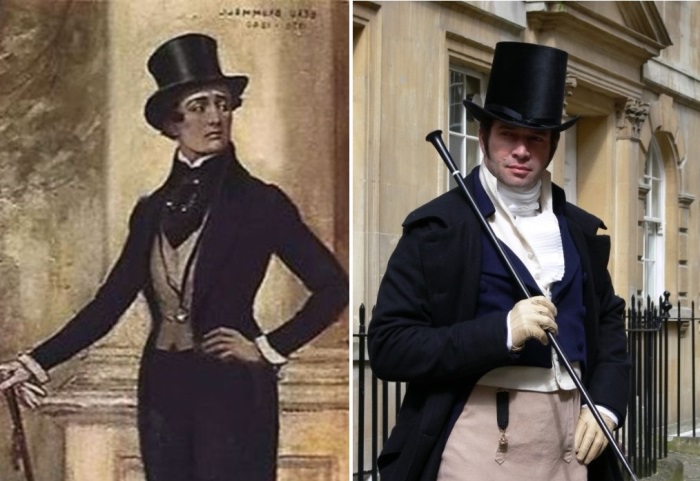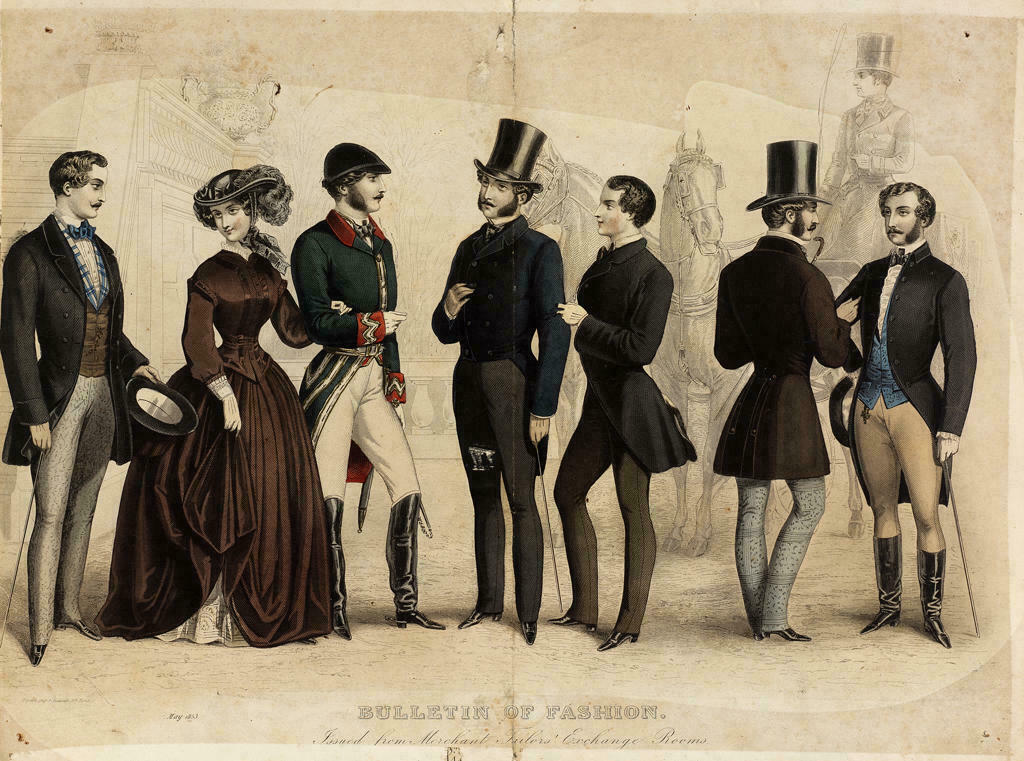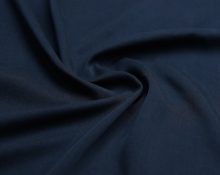
creativecommons.org
“Like a London dandy is dressed”—even those who skipped literature classes remember these words. These impeccably dressed socialites are associated with the 19th century, with perfectly tailored suits and aristocratic manners. The image was so ingrained in the minds of writers that for the image of the dandy they came up with their own genre in literature - the “fashionable novel”, where the main character was a stylish young man leading a bohemian lifestyle. This article is dedicated to the most paradoxical image of the century before last - the dandy. Let's look at the history of this socio-cultural type, where the dandy phenomenon came from and how to sew a dandy suit at home. Let's make a reservation right away: this work is designed for people who already have experience in cutting complex products or those who are willing to spend a lot of time on painstaking work to make the suit look perfect.
Who are dandies and where did they come from?
The first dandies began walking the streets of England at the end of the 18th century.Paradoxically, the sophisticated young people who were so careful about the elegance of their outfits and hairstyles, did not miss a single social event and are still associated with aristocrats, were mostly... children of wealthy bourgeois. Their entire appearance, manners and desire to rise above society were a kind of overcompensation for their humble origins. A proper dandy is a man who, at first glance, is dressed modestly and reservedly, but upon closer examination it is clear that he has devoted enough money and time to his appearance. No bright colors or tacky decorations - the emphasis is on impeccable tailoring (which is why tailoring a dandy suit requires a lot of patience). Perhaps it was because of their intermediate position between the bourgeoisie and the aristocracy that another distinctive characteristic of the dandy arose: an ostentatious disregard for society. Such was the most famous dandy in London, George Brummell, the son of an official who was able to charm King George IV. The young man was handsome and knew how to present himself correctly in society, and the dandy spent, without exaggeration, three hours every day on his casual but elegant attire. Later, in the 19th century, this scrupulous attitude towards one’s appearance would be adopted by the nobles.

creativecommons.org
Distinctive features of a dandy
The obligatory attributes of a dandy were: a top hat, a multi-layer suit, which included a jacket, trousers, a vest and a tie (or neckerchief). The only jewelry a true London gentleman could wear was a tie pin and an expensive watch on a chain. Of all the details of a dandy’s suit, only the vest and tie could be of a fairly bright color; the remaining elements of the wardrobe had to be dark, muted tones.
What you will need to sew a dandy suit and what rules are best to follow:
- A piece of high-quality plain fabric. You should not choose plaid fabric for your first suit, as such a pattern will be difficult to match. Choose natural materials with a small admixture of synthetics so that the product fits faster but does not lose its shape. Wool, tweed, corduroy and jersey are suitable. Keep in mind that it will take a lot of fabric, since you will have to trim the finishing details.
- Minimalistic buttons.
- Sewing accessories (needles that match the color of the thread).
- Details made of genuine leather and suede for decorating pockets or lapels of a dandy suit jacket.
The choice of fabric largely depends on your purpose: the costume is needed for an adult masquerade or a children's party. For a school event, you can buy any material for a costume; here the shape, neatness of the cut and layering of the image will be more important. But for the proper effect for a hand-sewn adult dandy suit, it is worth spending a lot of time and effort so that it looks truly perfect. It makes sense to pay more attention to the texture of the fabric and choose several materials that match each other in order to make a vest and tie/scarf from one, and the rest of the suit from another.
Step-by-step plan for sewing a dandy suit with your own hands:
- Carefully check all the parameters and adjust the patterns to the desired size.
- Connect the already adjusted pattern to the fabric using pins, carefully fixing each element. Check the position of the grain thread on the fabric; the pattern should be located along the grain thread, otherwise the product may warp or look bad when worn.
- Cut out all the parts, retreating 1 cm from the edge.
- Connect the parts and sew them with a running stitch, and then try the inside-out part on the model to check the correctness of the pattern and, if necessary, adjust it. It is necessary to ensure that each piece of the suit has a perfect fit.
- Sew all the parts again with a closed stitch.
- Remove any remaining running stitch.
- Iron the item and make sure it fits correctly on the model.
- Repeat all of the above steps with each wardrobe item, paying attention to the darts.


 0
0





